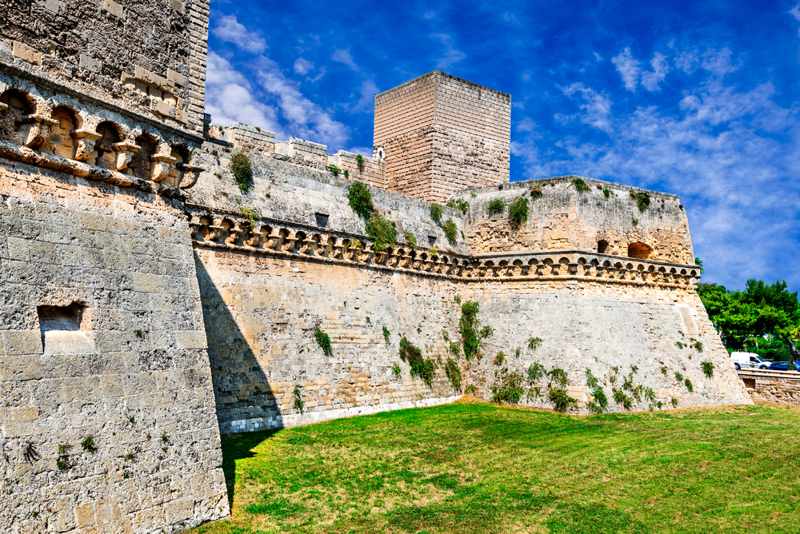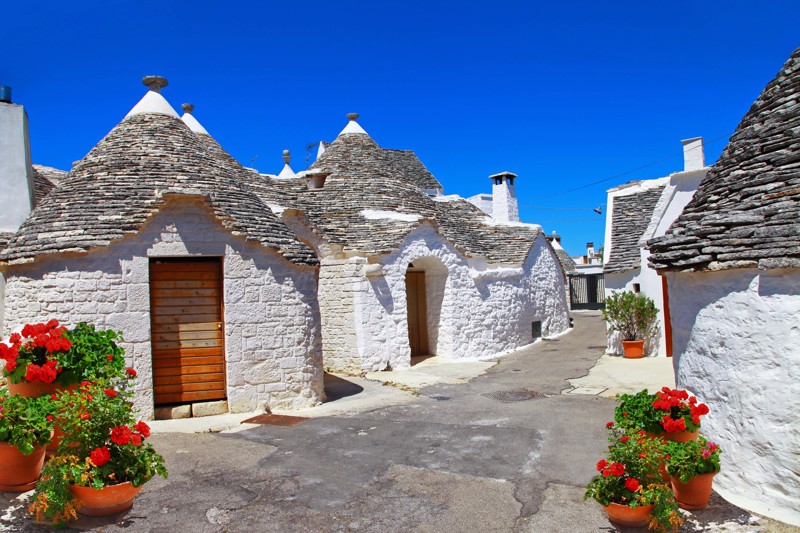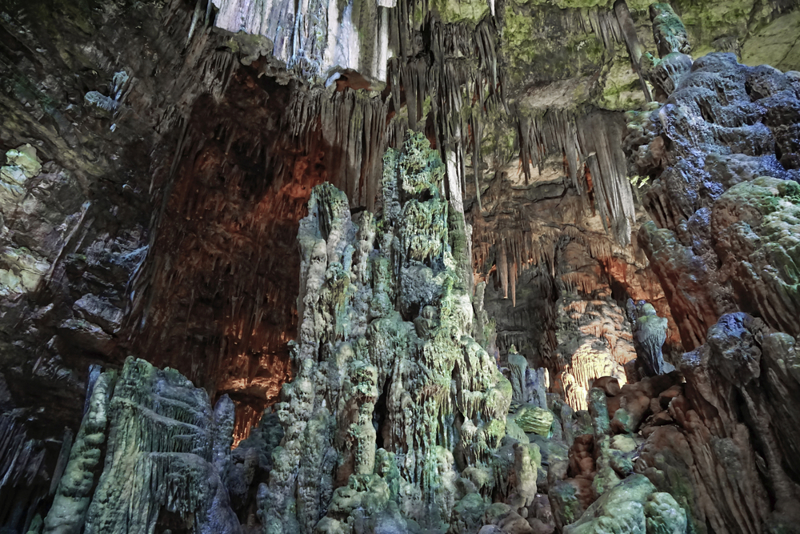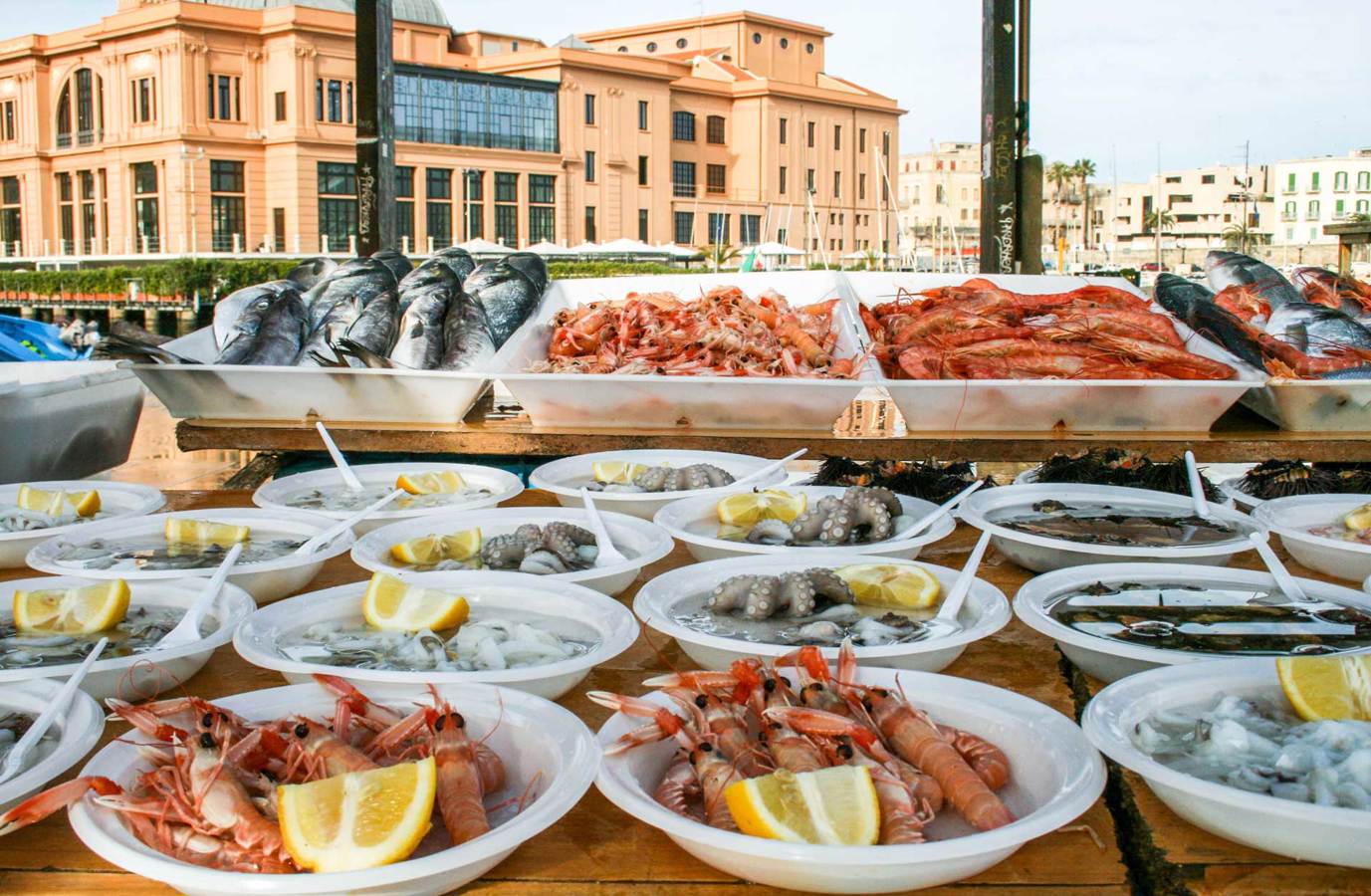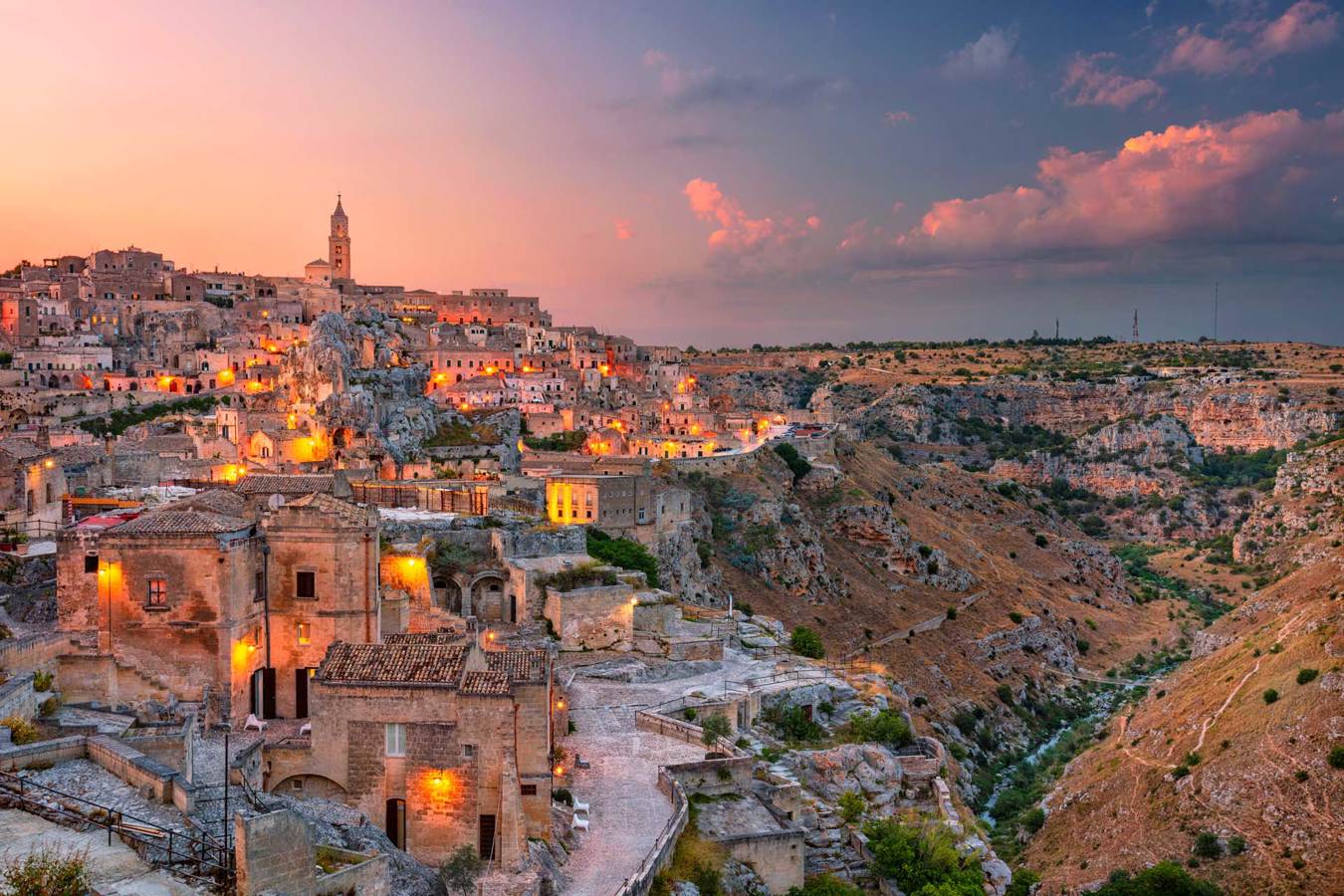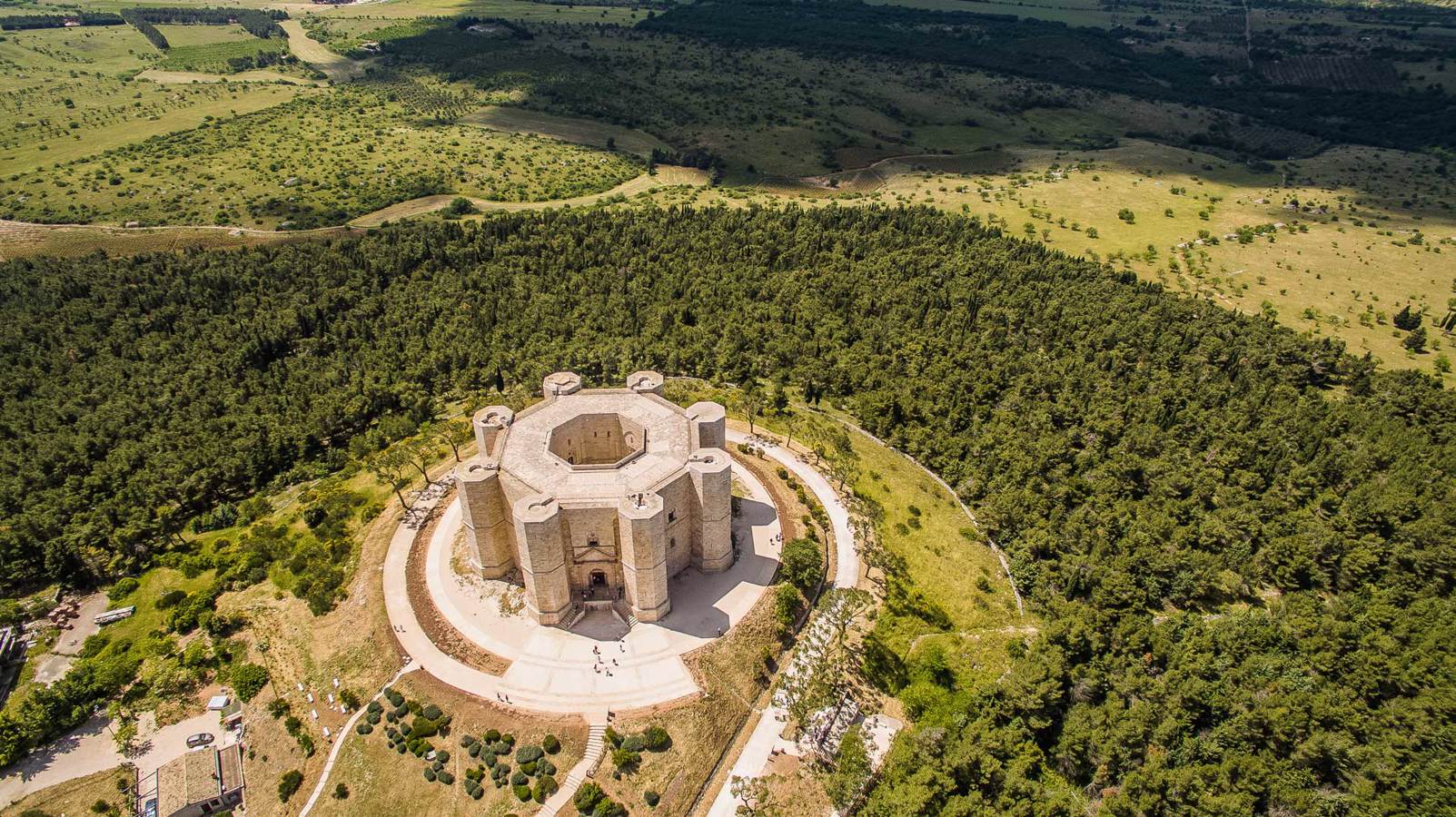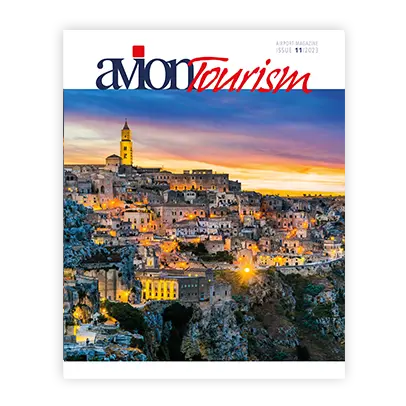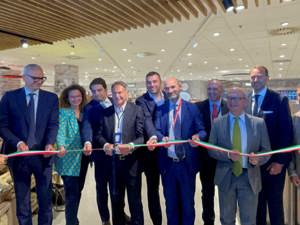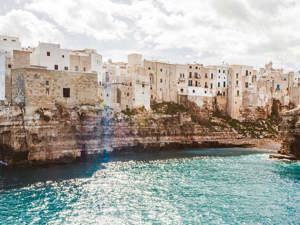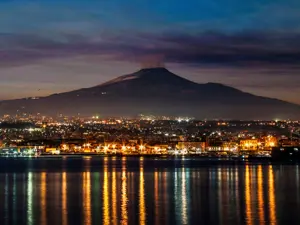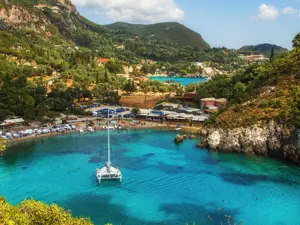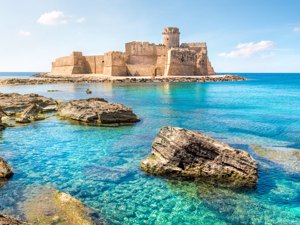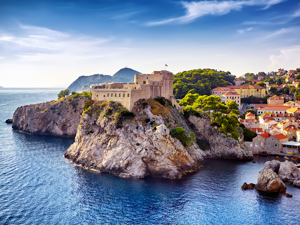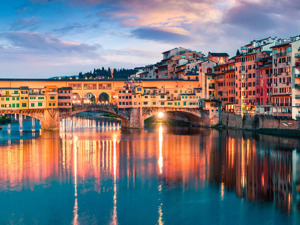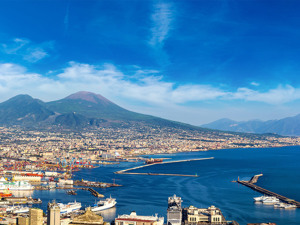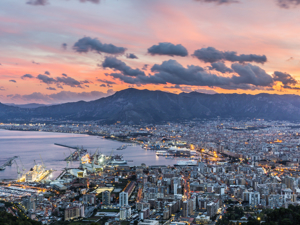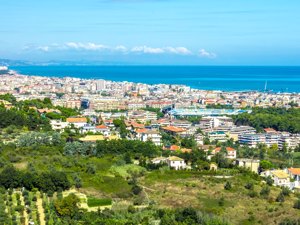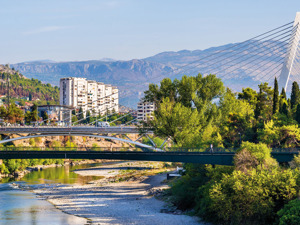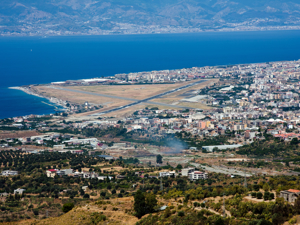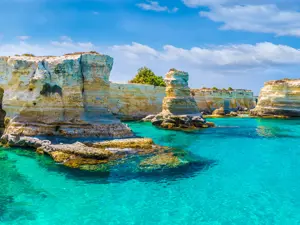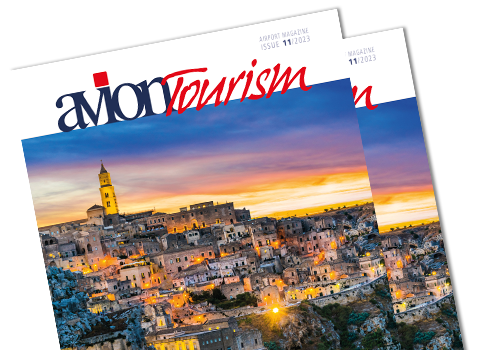The city with unfolded wings
The chief town of Puglia (Apulia), Bari faces the sea and, seen from above, appears like a bird with unfolded wings, whose head is old Bari. From the ancient name Barion, Bari has been inhabited by a long list of civilisations, ranging from the Romans to the Arabs, and then the Longobards, Byzantines and Saracens.
The seafront of Bari. Copyright © Sisterscom.com / Shutterstoc
Church of St. Nicholas
After the construction of the Church of San Nicola (St. Nicholas) in the XI century, Bari became one of the most vital centres of Christianity, a meeting place and point of arrival of the Crusades. The origins of this Church of the Patron saint - St. Nicholas - who is venerated not only by Catholics but also Orthodox and Protestant Christians, are unusual. The saint, who is considered the protector of sailors, died around 350 AD in Myra, an ancient city in Lycia in Asia Minor, at the time under the rule of the Muslims. His remains were removed by sailors from Bari and taken to the city on 9th May 1087.
Church of St. Nicholas, Bari. Copyright © Sisterscom.com / Shutterstock
They were placed in a crypt and a large church dedicated to him was immediately built. Constructed in the beautiful and essential Puglia-Romanesque style, the church’s chancel features a stone altar that preserves his remains from which, for centuries, a liquid with miraculous effects continuously exudes. This so-called manna is distributed to worshippers in ampules. The church is open in the evening for guided visits every Saturday from 1st July to 30th September.
Each year, during the May Celebrations, the “translation of the relics” is remembered with the Caravella historic procession, which is animated by songs that have been handed down for generations. The saint is also celebrated on 6th December, the day of his death.
Cathedral of San Sabino
Similar in structure is the Cathedral of San Sabino, seat of the Archbishopric. The lower part of the façade of the cathedral has three XI century doorways, while the upper part is decorated with a rose window decorated with sculptures of monsters and fantastical figures. The crypt preserves the relics of the Saint.
Cathedral of San Sabino. Copyright © Sisterscom.com / Shutterstock
There are also many striking rupestrian churches and hypogea - underground structures acting as burial sites - dispersed around the city, such as the Rupestrian Church of Santa Candida, the Temple of San Giorgio, the Hypogeum of Madia Diana and the Jewish Hypogeum.
Other buildings worthy of note are the
Petruzzelli Theatre, the
Margherita Theatre, the
Piccinni Theatre and
Palazzo Fizzarotti, in sumptuous
Venetian style in honour of the “
Serenissima” for having freed the city from the Saracens in 1002.
Norman-Swabian Castle
Another historic building is the Norman-Swabian Castle and its extraordinary stone bridge, which was built by the Normans in the XII century and restored by Frederick II between 1233 and 1240. Today the castle is the headquarters of the department of environmental, archaeological and historic heritage of Puglia, and houses an important Gallery of Plaster Casts (Gipsoteca - from the Greek gypsos=plaster) that date back from the Middle Ages to the early twentieth century: mantles, capitals, sculpture fragments and ornamental and religious motifs inspired by the most important monuments of art in Puglia.
Norman-Swabian Castle.
Copyright © Sisterscom.com / Shutterstock
Palazzo Simi
Palazzo Simi is located in a part of the city of considerable historical interest, which corresponds to the former Vicinio di San Gregorio dei Falconi (as noted in Bari's land register for 1598/99) stretching from the cathedral to the southern limit of the city walls. The building's current appearance reflects the period from the 16th to the 17th centuries during which the construction of palaces in Bari thrived, but is in fact the end result of a long process of extending and joining together, with the original central part of the building dating back to medieval times.
After the rule of the Normans, Angevins, Aragonese and Spanish, in 1813 the city, with Gioacchino Murat, began its town-planning evolution, constructing a new district.
The port of Bari
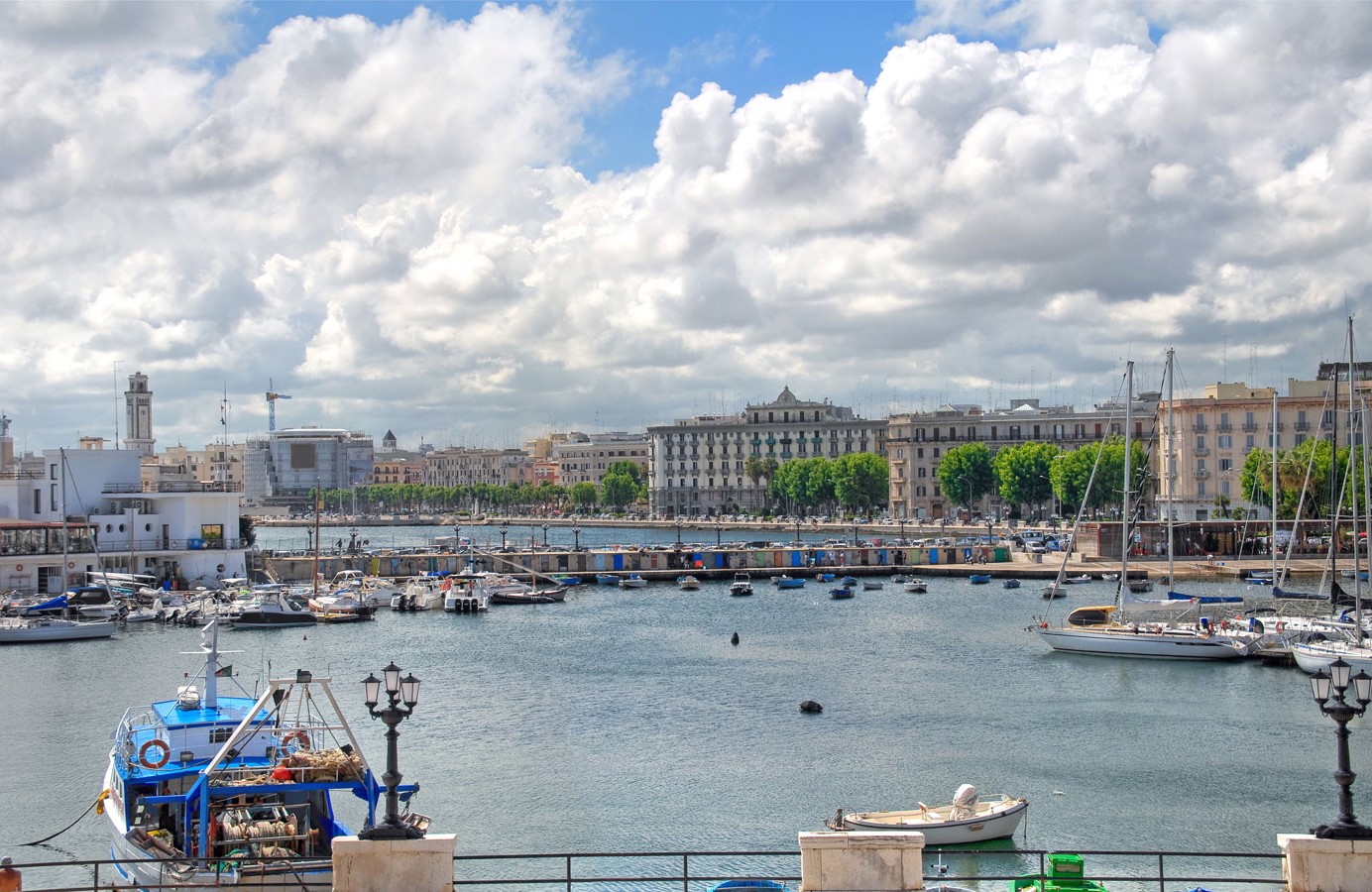 Bari. View of the Port. Copyright © Sisterscom.com / Shutterstock
Bari. View of the Port. Copyright © Sisterscom.com / Shutterstock
Today
Bari, thanks to its
port,
airport and the Fiera del Levante trade fair centre, is one of the most active towns of the area with connections to the entire Mediterranean basin. The Fiera del Levante is an organisation that hosts some thirty events a year, at which almost 2,000 exhibitors participate a year as well as around half a million visitors.
The products of the traditional Bari cuisine
The local cuisine of Bari still offers many traditional recipes, such as “riso, patate e cozze” (rice, potatoes and mussels), orecchiette pasta with turnip tops, chicory with broad bean puree and the very rare local lentils, known as “cicerchia”.
The most famous sweets are “cartellate”, which are made of fried dough immersed in hot wine and prepared especially at Christmas. They have a symbolic significance in Christian traditions, representing for some the swaddling clothes of Baby Jesus and for others the crown of thorns of crucified Christ.
Text by Anna Glik
Update by Alisè Vitri
Video: www.viaggiareinpuglia.it
All rights reserved. Copyright © Sisterscom.com
Tourism Board
www.viaggiareinpuglia.it
Where to sleep in Bari
Bari is a welcoming city and offers different possibilities for accommodation.
To find the ideal hotel and the best offers you can do a search for the stars but also for districts or landmarks.
STARS
Hotels for stars, differentiated by type of services:
DISTRICTS
Hotels in the districts
LANDMARKS
Hotels in tourist areas
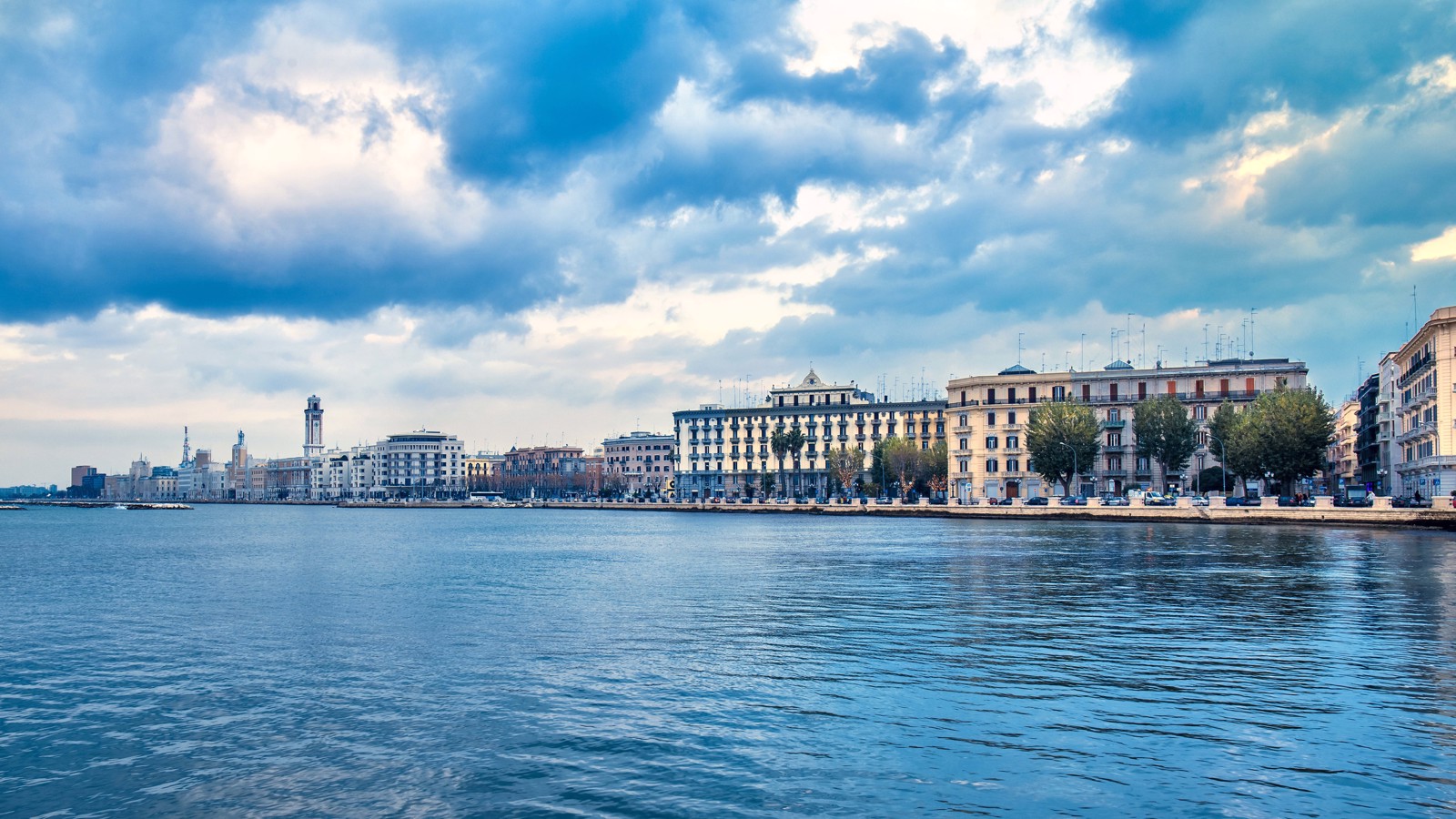
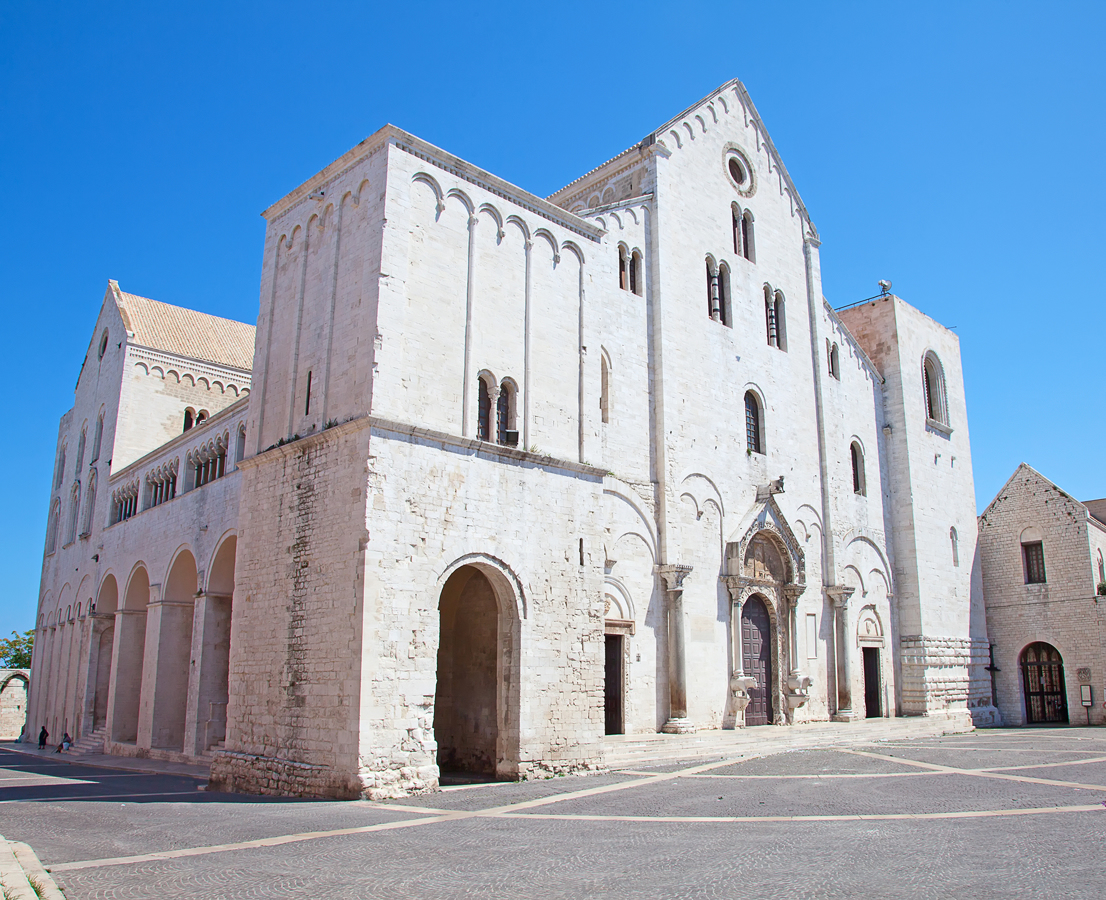
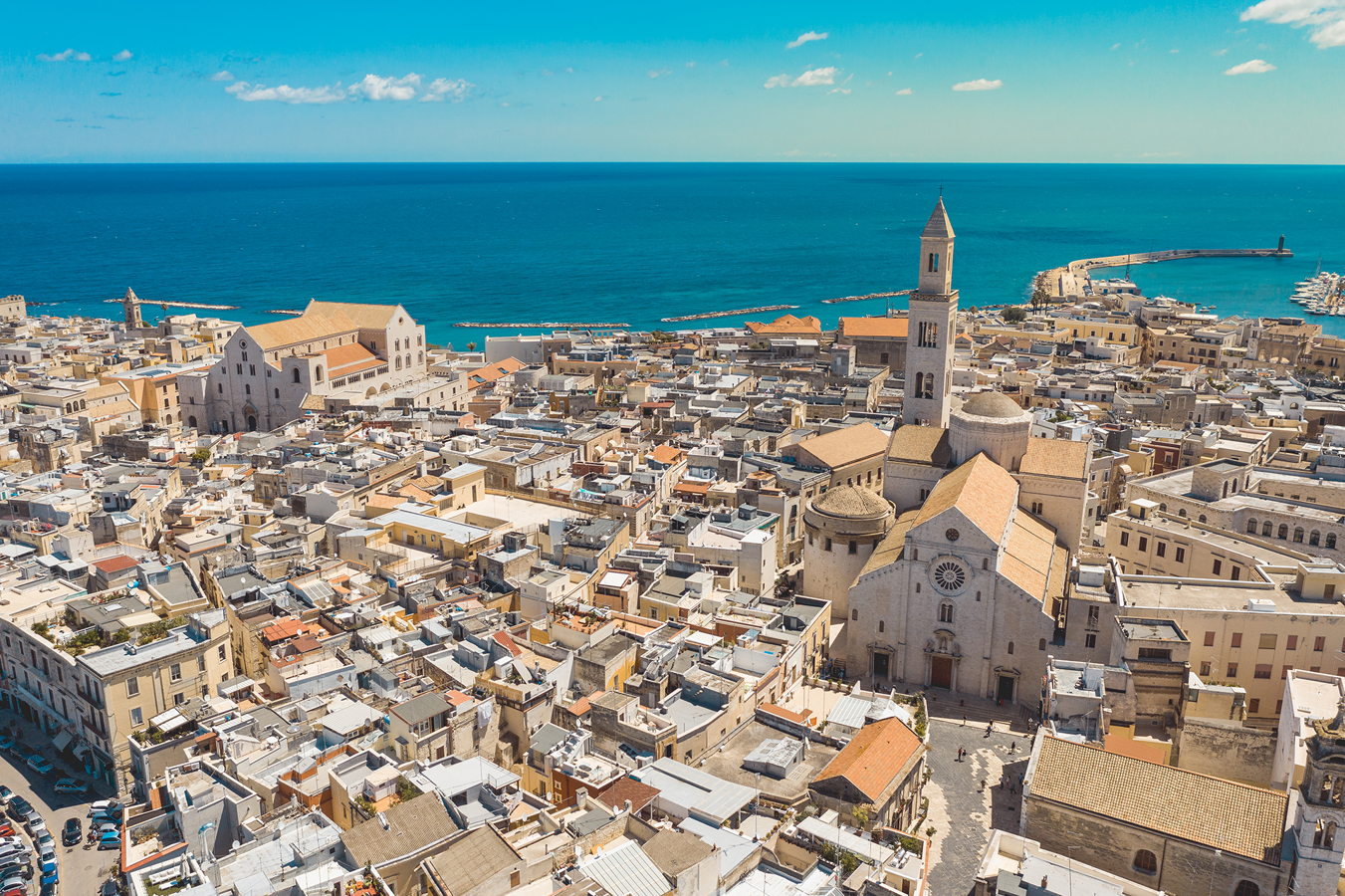
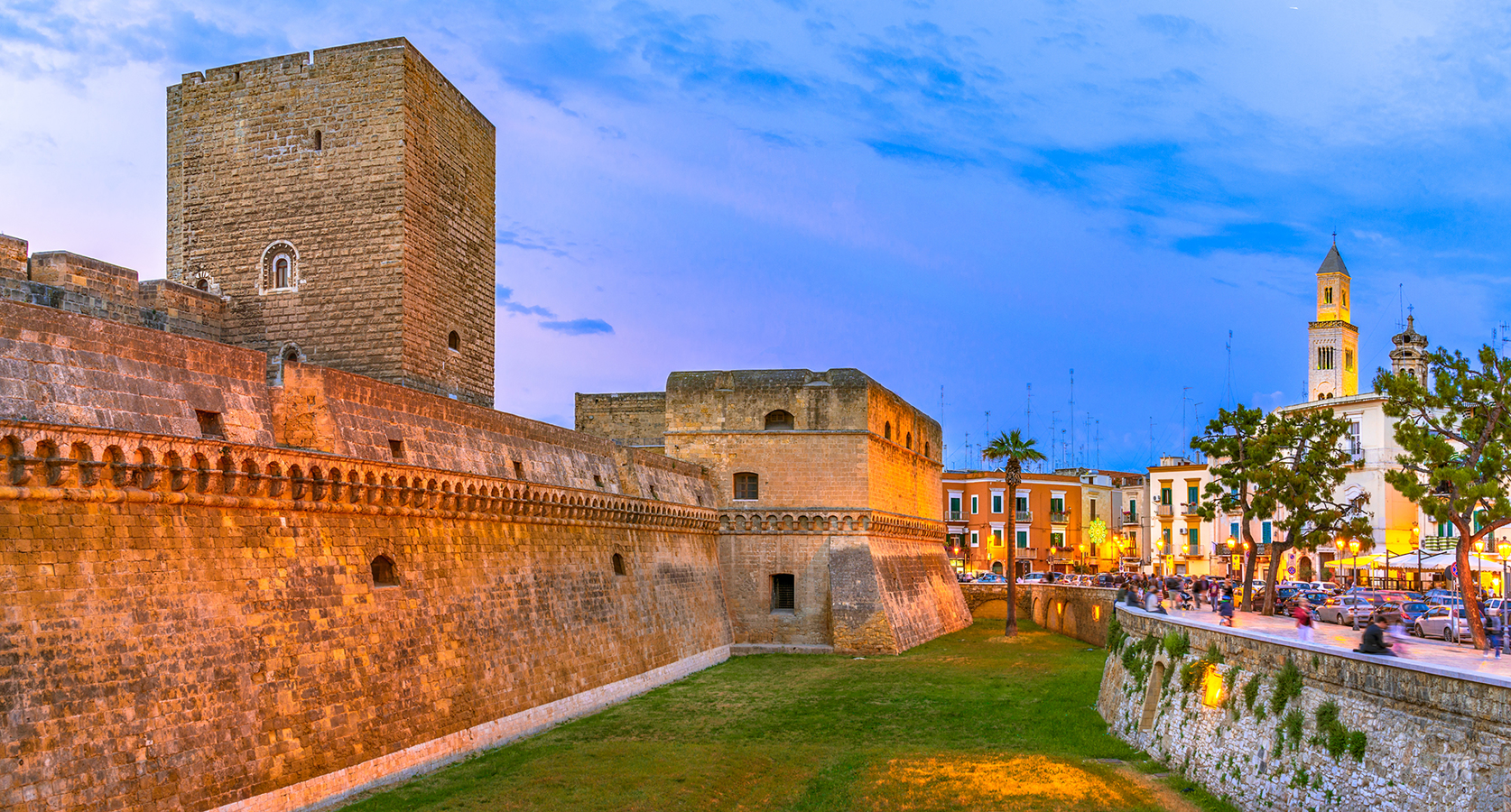
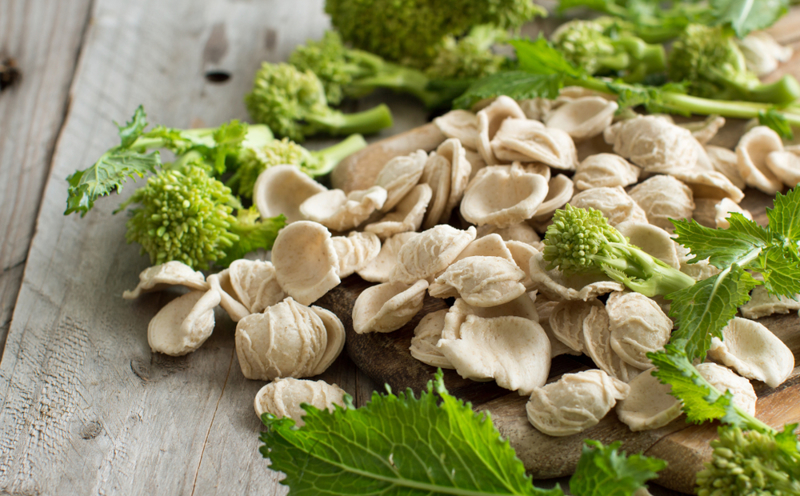
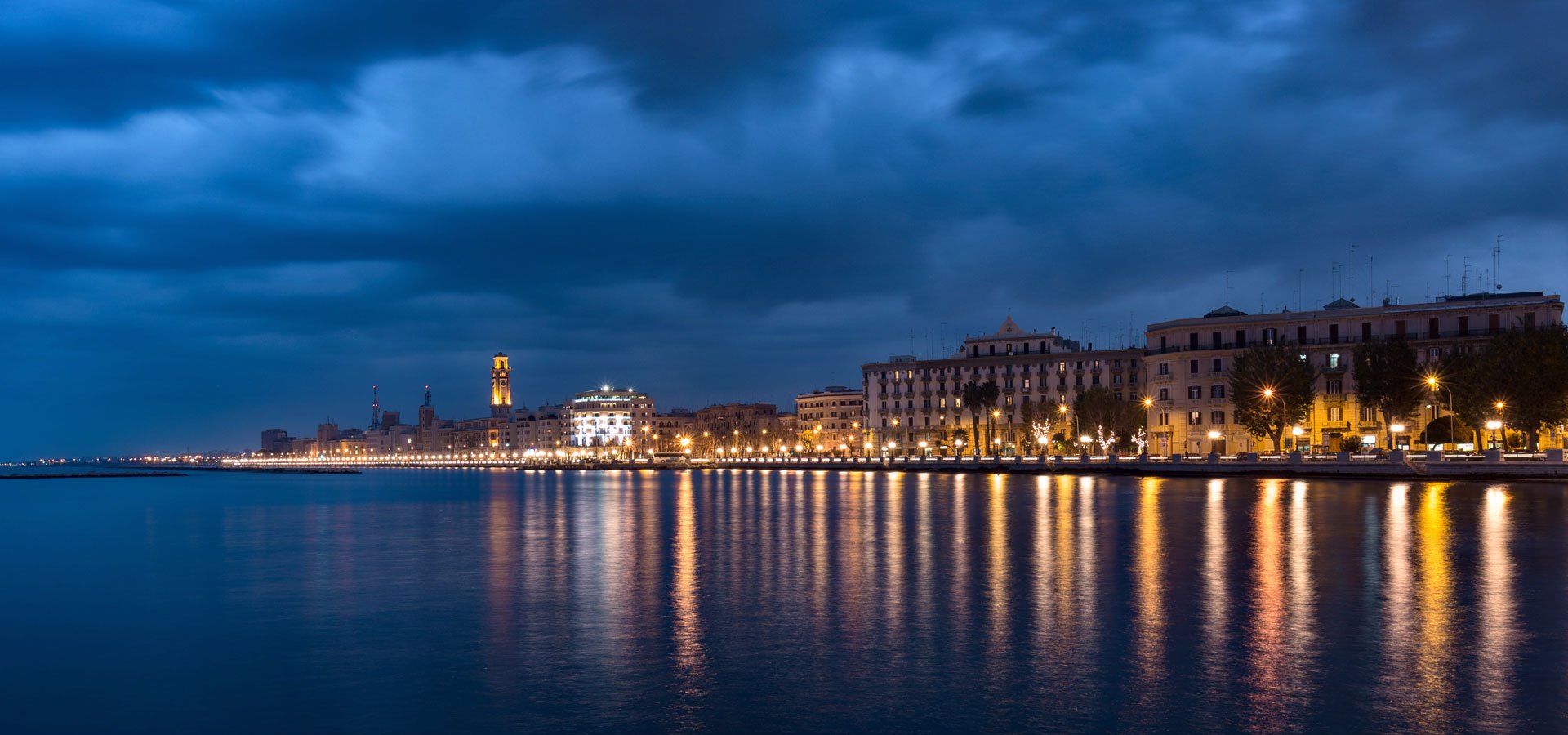 Bari. Copyright © Sisterscom.com / Shutterstock
Bari. Copyright © Sisterscom.com / Shutterstock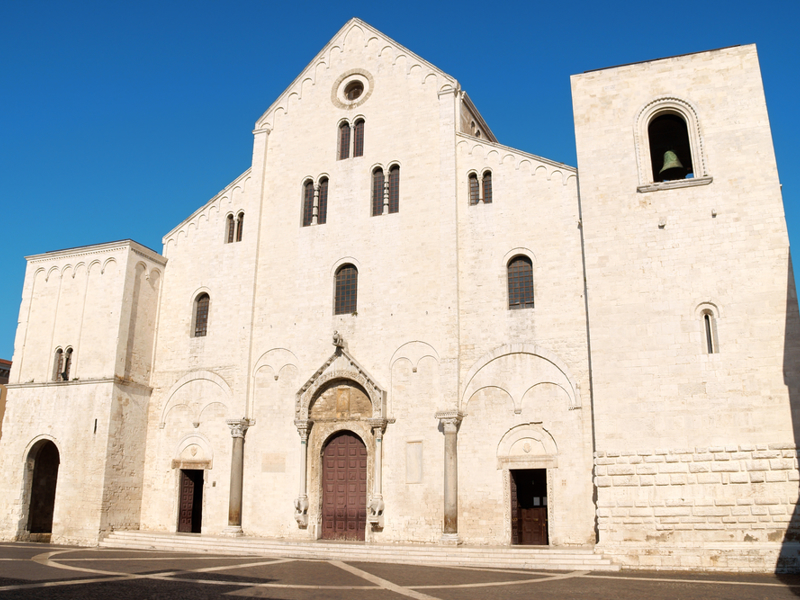
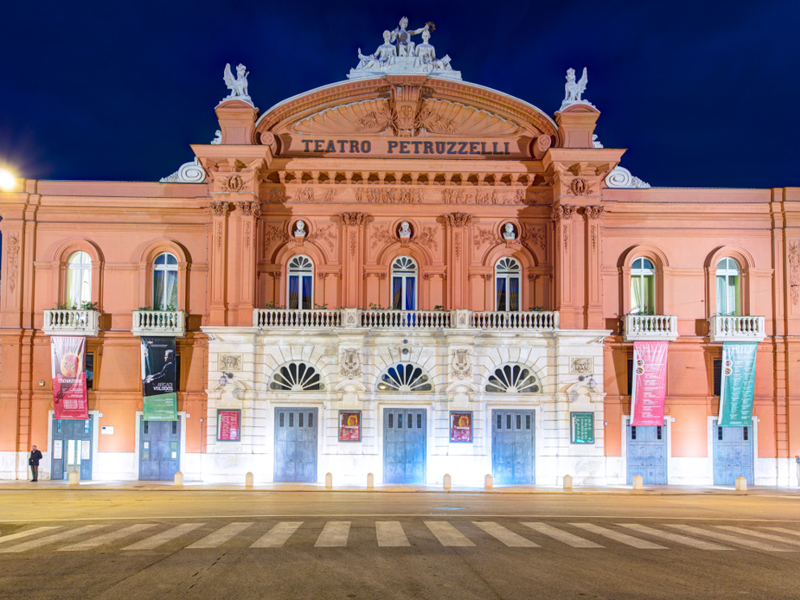
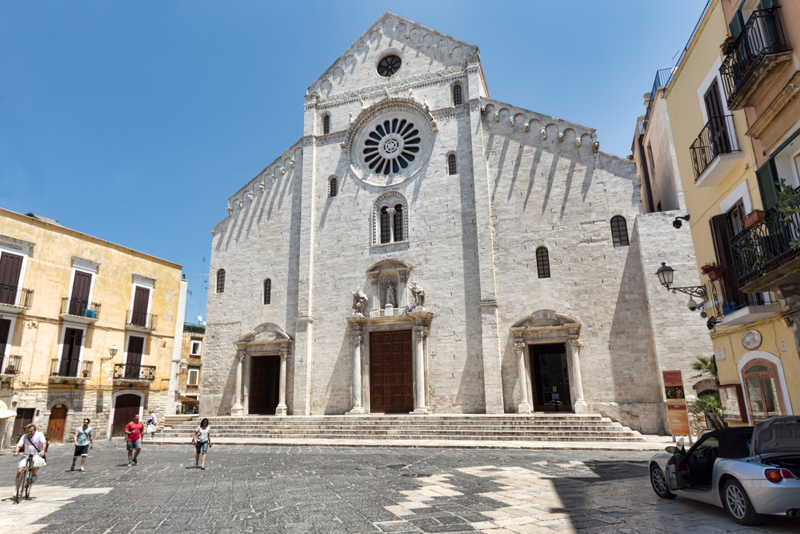 Copyright © Sisterscom.com / Shutterstock
Copyright © Sisterscom.com / Shutterstock